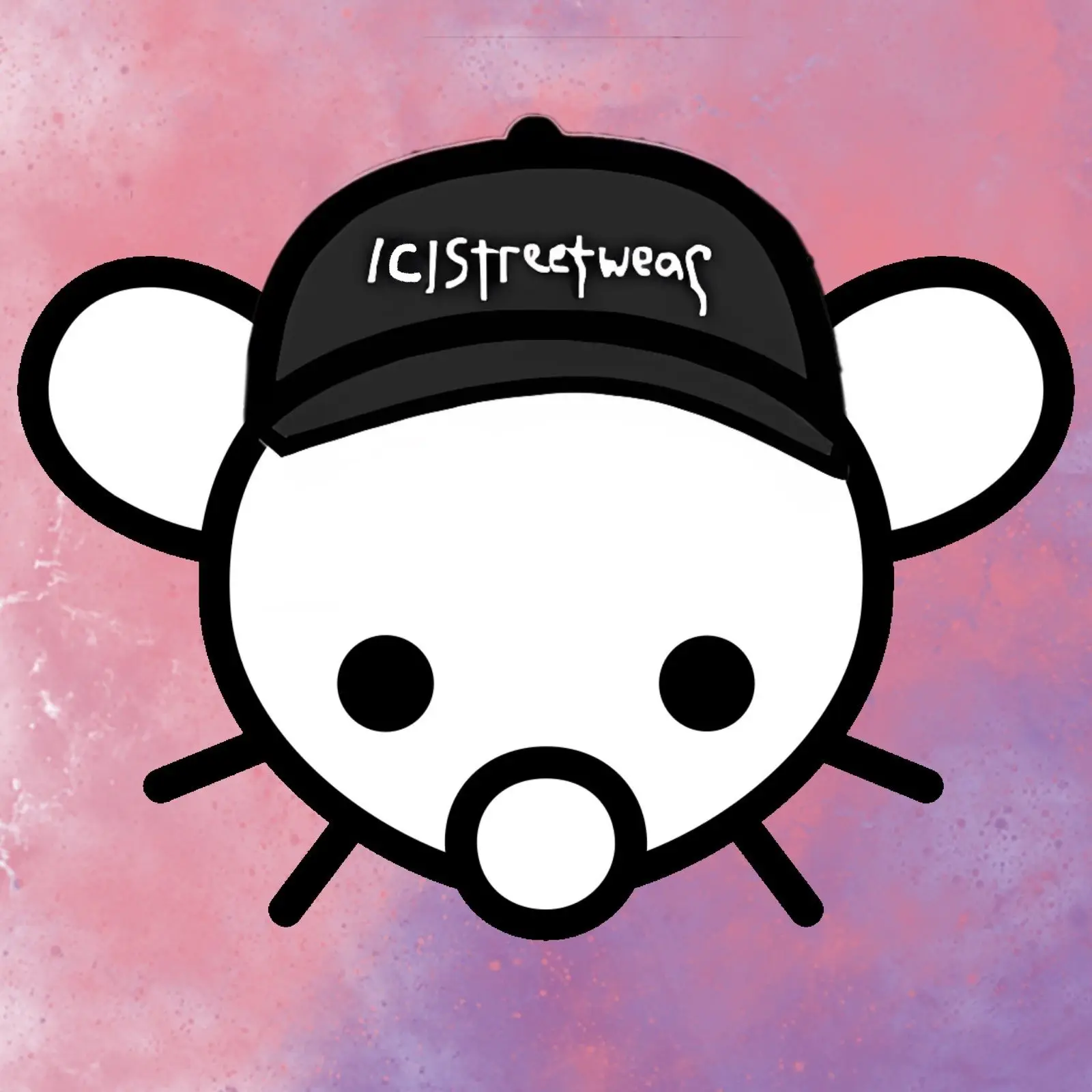cross-posted from: https://beehaw.org/post/8621726
As the sheer quantity of clothing available to the average American has grown over the past few decades, everything feels at least a little bit flimsier than it used to.
The most obvious indication of these changes is printed on a garment’s fiber-content tag. Knits used to be made entirely from natural fibers. These fibers usually came from shearing sheep, goats, alpacas, and other animals. Sometimes, plant-derived fibers such as cotton or linen were blended in. Now, according to Imran Islam, a textile-science professor and knit expert at the Fashion Institute of Technology in New York, the overwhelming majority of yarn used in mass-market knitwear is blended with some type of plastic.
Knits made with synthetic fiber are cheaper to produce. They can be spun up in astronomical quantities to meet the sudden whims of clothing manufacturers—there’s no waiting for whole flocks of sheep to get fluffy enough to hand shear. They also usually can be tossed in your washing machine with everything else. But by virtually every measure, synthetic fabrics are far inferior. They pill quickly, sometimes look fake, shed microplastics, and don’t perform as well as wool when worn. Sweaters are functional garments, not just fashionable ones. Wool keeps its wearer warm without steaming them like a baked potato wrapped in foil. Its fibers are hygroscopic and hydrophobic, which means they draw moisture to their center and leave the surface dry. A wool sweater can absorb a lot of water from the air around it before it feels wet or cold to the touch
A significant amount of polyamide or acrylic is now common in sweaters with four-digit price tags. A $3,200 Gucci “wool cardigan,” for example, is actually half polyamide when you read the fine print. Cheaper materials have crept into the fashion industry’s output gradually, as more and more customers have become inured to them. In the beginning, these changes were motivated primarily by the price pressures of fast fashion, Islam said: As low-end brands have created global networks that pump out extremely cheap, disposable clothing, more premium brands have attempted to keep up with the frenetic pace while still maximizing profits, which means cutting costs and cutting corners. Islam estimates that a pound of sheep’s wool as a raw material might cost from $1.50 to $2. A pound of cashmere might cost anywhere from $10 to $15. A pound of acrylic, meanwhile, can be had for less than $1.
This race to the bottom had been going on for years, but it accelerated considerably in 2005, Sofi Thanhauser, the author of Worn: A People’s History of Clothing, told me. That year was the end of the Multifiber Arrangement, a trade agreement that had for three decades capped imports of textile products and yarn into the United States, Canada, and the European Union from developing countries. Once Western retailers no longer had meaningful restrictions on where they could source their garments from, many of them went shopping for the cheapest inventory possible.



You are not paying for the materials, you are paying for the label.
Fashion, by its very nature, is designed for you to constantly buy and discard clothes, not because you need to but to stay fashionable.
This is obscene. I don’t have the money to look at these labels, but I had alwqys assumed you got a nice, but incredibly overpriced, product. It now seems like you just get the overpriced part. That’s ridiculous. How long can luxury brands survive purely coasting off their historical cachet?
Luxury brands (Eg: Anything owned by LVMH ) have not been about quality for decades.
What they are for is taking money from people who are not rich, most often up to their eyeballs in debt, so they can cosplay to others that they are.
If you want quality woollen sweaters. Look for someone selling 100% Merino wool. It may be a few hundred dollars but it will last for years.
they’re basically exit scamming their brands. apparently this is a cycle that happens a lot. brand starts out nice in fancy shops, they water it down a little, they water it down a lot and now it’s at walmart, and then they discontinue the brand name, having exausted it